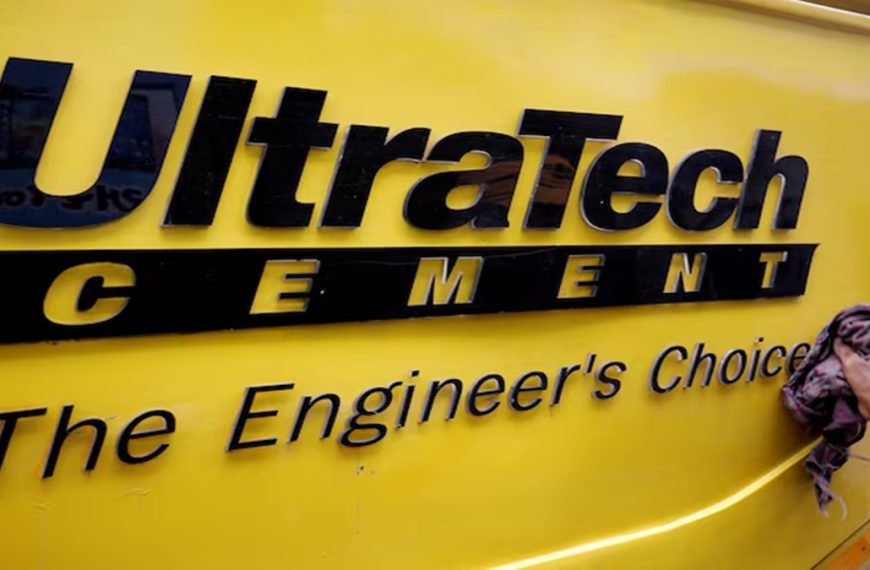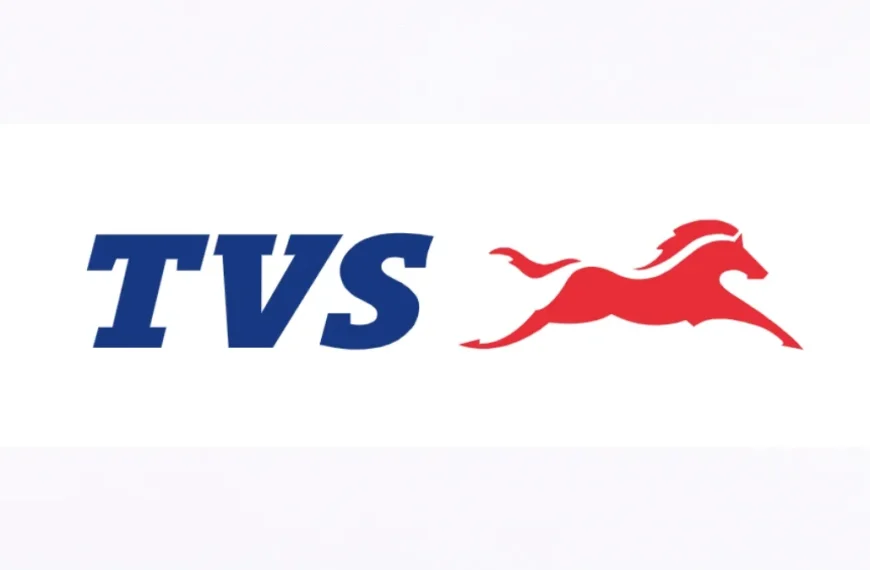Recent updates to the Competition Act have streamlined the process for addressing anti-trust disputes, allowing for swifter market adjustments. However, experts caution that certain gaps still exist that could hinder complete resolution. Even if a case is resolved through regulatory channels, affected parties retain the option to seek compensation for market disruptions caused by the offending companies.
Quick Settlements: A New Era in Anti-Trust Cases
A notable example of this new framework is the settlement involving Google, which resolved its Android smart TV case with the Competition Commission of India (CCI) for over Rs 20 crore. This landmark case marked the first instance of an anti-trust issue being "settled" under the recently amended Competition Act.
The Complexity of Settlements
While the CCI’s decision in this case suggests a shift towards more efficient decision-making, the potential for litigation remains. A senior competition lawyer commented, “Even with a settlement, affected parties can still approach the National Company Law Appellate Tribunal (NCLAT) to seek damages.” This indicates that the legal landscape remains complex, as post-settlement claims could still lead to extended legal battles.
In typical scenarios, once a CCI ruling is issued, it can be challenged in the NCLAT, and potentially escalate to the Supreme Court. This process can drag on for years, delaying any compensation for those impacted by anti-competitive behavior.
A Faster Route to Compensation
However, the settlement route offers a quicker path for affected parties. They can directly approach the NCLAT after a settlement to claim compensation, bypassing the lengthy apex court appeal process. Although this method provides a more expedited resolution, the risk of delays in litigation still looms.
Navigating the Settlement Process
One area of concern regarding the settlement process is the ambiguity surrounding the use of disclosures made during these agreements in other ongoing cases. For instance, in the Google settlement, complaints were also lodged against Xiaomi Technology India and TCL India Holdings for similar anti-competitive practices.
Modhulika Bose, a partner specializing in competition law at Chandhiok and Mahajan Advocates and Solicitors, noted, “It will be intriguing to observe how this settlement influences the other parties involved in the initial complaint.”
Broader Implications of Settlement Orders
Experts also suggest that settlement decisions could have wider repercussions in other jurisdictions. The senior lawyer quoted earlier remarked, “Regulators in different countries may encourage companies to propose similar remedies based on these settlement outcomes.”
Bose emphasized that while the Google settlement is a promising development that fosters consensus within a challenging timeline, there must be ongoing efforts to enhance procedural safeguards. This would encourage more companies to come forth and resolve disputes effectively.
In conclusion, the amendments to the Competition Act represent a significant step toward expediting anti-trust litigation, but the complexities and uncertainties involved still call for careful navigation. As the landscape evolves, it remains essential for both regulators and companies to adapt to ensure fair competition in the market.











